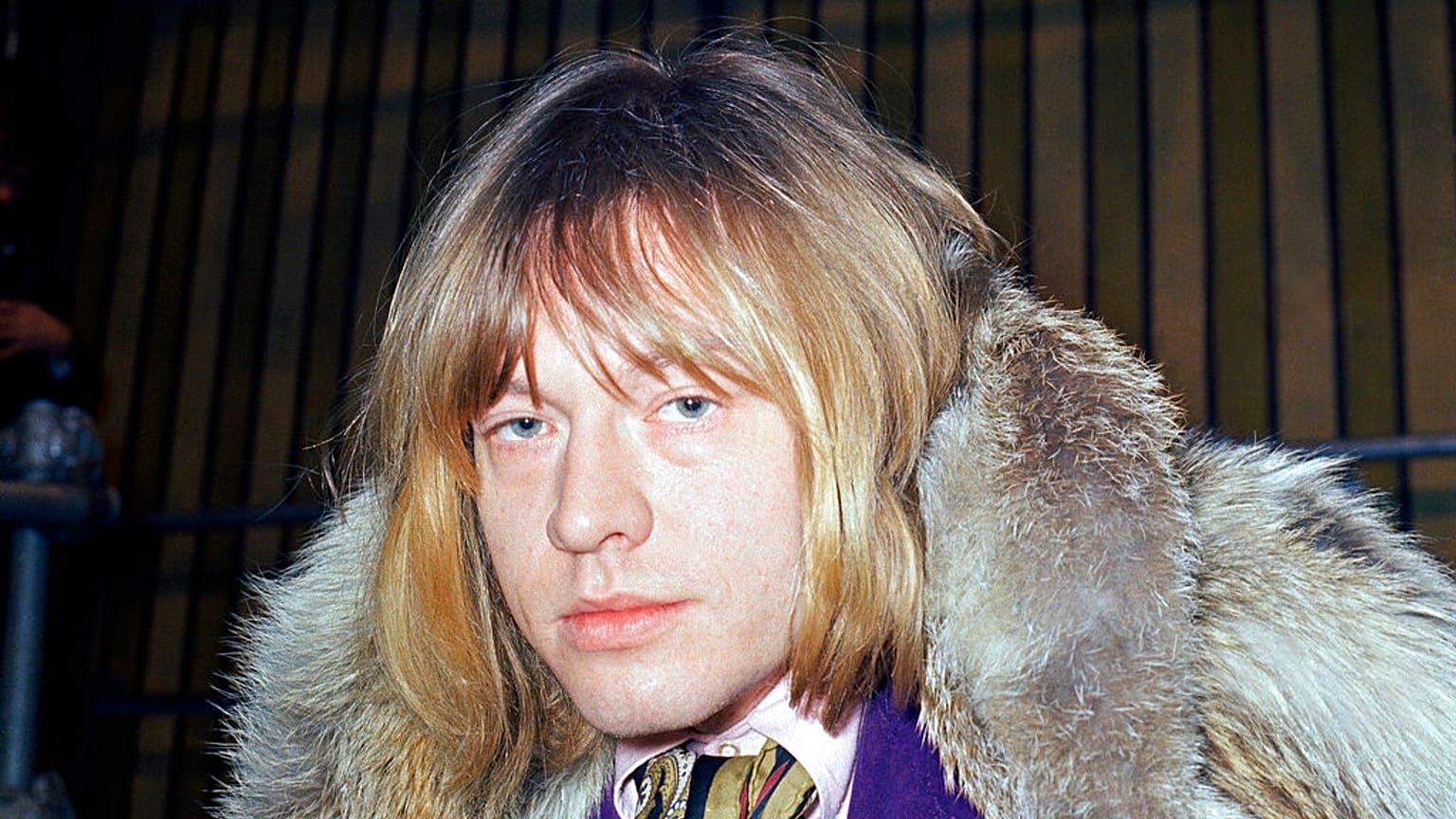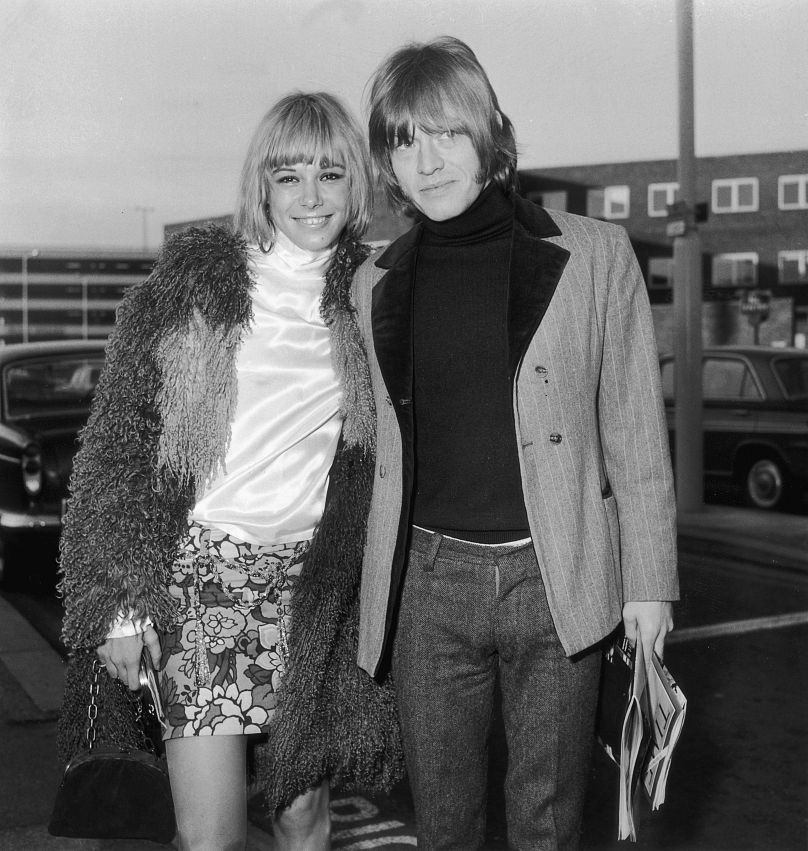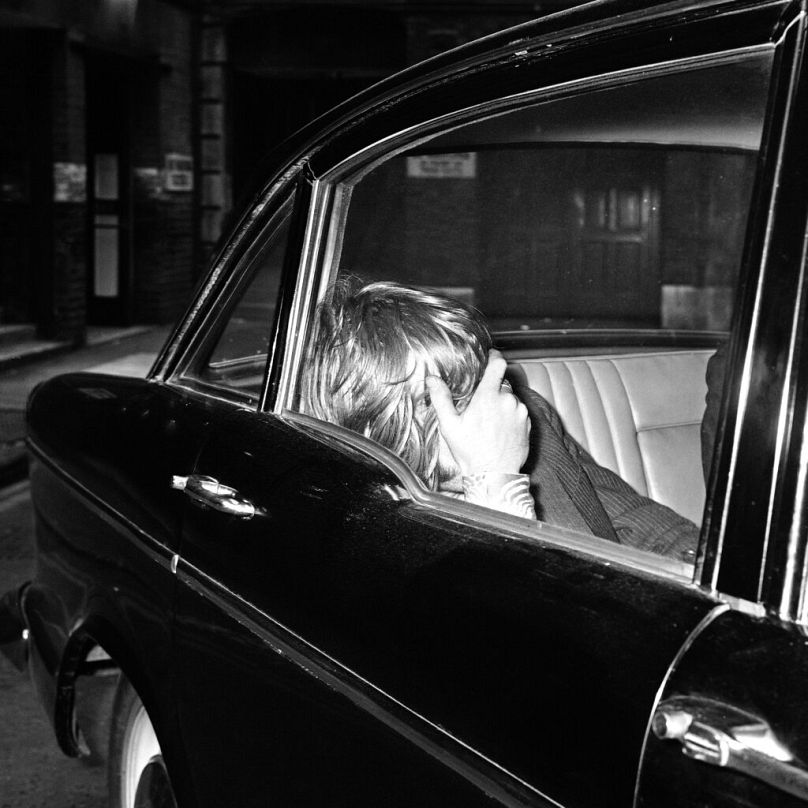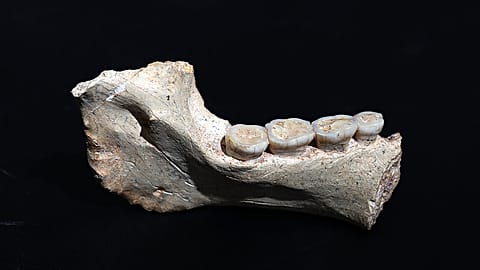9 June 1969 - Brian Jones officially leaves the Rolling Stones after developing a serious drug problem
On this day in 1969, Brian Jones, founder of the Rolling Stones left the group after becoming increasingly distant from his bandmates and struggling with a severe dependency to illegal drugs. He would die less than a month later.
Jones was a talented and prolific musician, playing the guitar, harmonica, keyboards and saxophone among other instruments.
After moving from Cheltenham to London in the early 1960s, he placed an advert in an edition of Jazz News, a club information sheet, inviting musicians to auctions for a new R&B group.
Pianist Ian Stewart was the first to sign up, followed by the now legendary singer and frontman Mick Jagger and his childhood friend, guitarist Keith Richards.
The foursome, joined by bass player Dick Taylor and drummer Tony Chapman, played their first gig as the Rolling Stones on 12 July 1962 at the Marquee Club in London, a venue known as a launchpad for the careers of generations of rock stars.
Jones took on the role of lead guitarist and quickly became known for his blues-influenced riffs, which helped define the band's sound, although there were frequent disagreements among members over which musical direction they should go in.
From 1962 until 1963, he lived in a flat in London with Mick Jagger and Keith Richards, referred to by Richards as “a beautiful dump”. During that period, the three cohabiting Stones changed the rest of the lineup, adding bass player Bill Wyman and Charlie Watts, said to be one of the best drummers in London, to the mix.
Troubled ties
Despite his integral role in the band's early success, Jones was known for his erratic behaviour from the very start.
While he was responsible in part for many of the Stones’ most recognisable hits, including ‘Paint It Black’, ‘Ruby Tuesday’ and ‘(I Can’t Get No) Satisfaction), he was frequently unreliable and struggled with substance abuse and alcohol addiction, which ultimately damaged his personal relationships and work with the band.
Initially acting as the band’s business manager, his estrangement from the rest of the Stones began in earnest when Andrew Oldham took over the mantle in 1963. Jones didn’t agree with Oldham’s approach of more song writing and performing fewer covers and his decision to move away from the group’s early bluesy influences.
Jones felt isolated from the rest of the Stones and touring, money and fame soon took its toll and he began to overindulge in drugs and alcohol as the band shot to fame in the mid-1960s.
The relationship between Jones and Keith Richards became even more strained in 1967 when Jones’ model/actress girlfriend Anita Pallenberg left him for Richards while the three were on holiday together in Morocco.
That marked a serious turning point for Jones, who made fewer and fewer musical contributions to the band and would often miss recording sessions as his substance abuse issues increased.
He was arrested on two occasions for drug possession - the first in 1967, when police discovered marijuana, cocaine and methamphetamine, although he denied using any drugs harder than marijuana.
Jones was arrested a second time in May 1968 for possession of cannabis but he claimed it had been left by a previous tenant of the flat he was living in.
That was an especially risky situation as the musician was on probation and faced a long jail sentence if found guilty. Luckily for Jones, although the jury did find him guilty when the case went to court, the presiding judge took pity on him, choosing to fine him instead, telling him, “For goodness sake, don't get into trouble again or it really will be serious”.
His legal troubles, estrangement from his bandmates, substance abuse and challenging behaviour further damaged his participation with the Rolling Stones.
Jones’ attendance at rehearsals and recording sessions became increasingly erratic and he was, according to ‘Rock ‘n’ Roll Babylon’ author Gary Herman, he was "literally incapable of making music; when he tried to play harmonica his mouth started bleeding".
Splitting Stones
In 1969, his behaviour ramped up even further; in May, Jones crashed his motorcycle into a shop window and was taken to hospital under an assumed name. His second arrest also meant that he was unable to obtain a visa for the United States so couldn’t join the band on a planned tour. That was the last straw for the rest of the group and Jones was no longer a major contributor to the Stones’ oeuvre.
Jagger, Richards and Watts visited the beleaguered Jones on 8 June 1969 to tell him the group he had formed was to carry on without him.
He released a statement the next day, saying, “I no longer see eye to eye with the others over the discs we are cutting” - and, to the general public, it appeared as if he had left voluntarily. He was immediately replaced by guitarist Mick Taylor who remained with the band until 1974.
Less than four weeks after his departure from one of the most iconic bands of all time, at around midnight on 2 or 3 July 1969, Jones was found motionless at the bottom of his swimming pool at his home in East Sussex, southern England.
His girlfriend Anna Wohlin was convinced he still had a pulse when he was taken out of the water, but Jones was pronounced dead on arrival at a nearby hospital. He was just 27.
The coroner investigating the death initially reported it was a drowning, later clarifying it as "death by misadventure", acknowledging that Jones’ liver and heart were greatly enlarged by years of drug and alcohol abuse.
Shortly after the ruling, there were rumours that Jones had, in fact, been murdered - and those rumours continued until 2010, after Sussex Police found no evidence of such a turn of events after conducting a case review of Jones’ death.
Following the year long investigation, the authority released a statement saying, "this has been thoroughly reviewed by Sussex Police's Crime Policy and Review Branch, but there is no new evidence to suggest that the coroner's original verdict of 'death by misadventure' was incorrect".
Despite the fact there was no love lost between Jones and the band, the Rolling Stones dedicated a concert in London’s Hyde Park to the late musician two days after his death on 5 July 1969.
Thousands of white butterflies were released ahead of the show and Mick Jagger read part of the poem ‘Adonais’, written by Percy Bysshe Shelley about the death of his friend John Keats.
In the years since his passing, many have come to appreciate Jones' numerous contributions to the Rolling Stones. He was posthumously inducted into the Rock and Roll Hall of Fame with his former collaborators in 1989, marking him as a cult figure in musical history




















